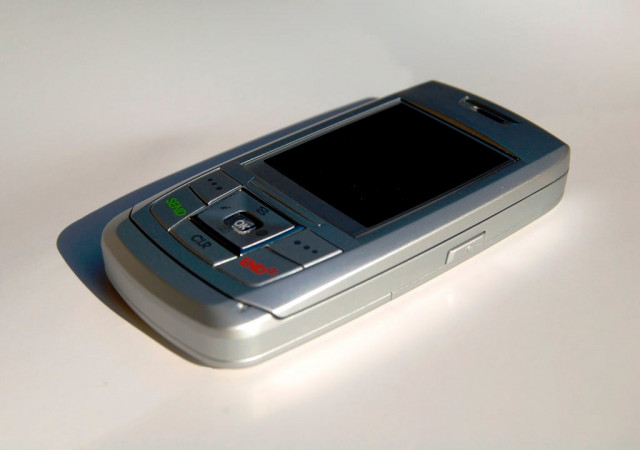Stagnation hits Pakistani telcos
2011 seems to have flown by without any major breakthroughs.

The local cellular communication industry appears to deviate from a set trend, to more sporadic actions that give a sense of evolving strategies. A complicated industry with a constant need for innovation, setting a strategy needs either a concrete vision of market creation or an established mission for market expansion.
2011 seems to have flown by without any major breakthroughs. For most months, the debate on 3G licensing has been the encouraging headline of sorts. However, a debate is all that remains of this topic, which evokes strong comments from some consumers, while others dismiss it as purely eyewash.
In some ways it could be the time spent talking on 3G that aggravates the data-using segment of the market. While high-end devices have made their way across the oceans in no time, services that match up to the specifications of those devices are nowhere in sight. Even the old Berry is kept on a tight leash, with the average subscriber paying the full fee for a service reminiscent of a zero-sized model.
It was at the beginning of the year that analysts placed data segment as the new frontier and revenue stream for cellular service providers across the world, beginning with the developed nations and flowing down to the more recent entrants to the mobile arena.
While most of the Asian and African block still has high voice usage, there has been a lack of growth in the sector across the American and European continent. In the latter regions, data usage over mobile networks has increased by leaps and bounds, with services being consistently devised to offer seamless communication through the simple tool of a mobile phone.
For Pakistan, data segment remains a value added service (VAS) with little value for the buck. The dated GPRS/EDGE technology acts like a donkey cart in a world of bullet trains. The service providers pin their hopes on 3G to overcome this lag, but questions remain. Will the current quality of service simply be passed on 3G as well? And as the world moves on with 4G and LTE, is 3G just our new donkey cart of the decade?
Those who argue about other needs of the country requiring more debate are not wrong. Pakistan does need to give precedence to education, health, employment and such factors. And all that requires funds, which any nation earns through taxation and licensing. The unfortunate fact is that only 1 to 2% of the population is classified as taxpayer.
On the flipside, the telecommunications industry remains among the top-taxed in the country, as well as being one of the largest employers. So any innovation or improvement is likely to have some positive impact on the nation. But remember; the industry provides the service to progress the nation, how we use the service sets our social norms.
In the first nine months of 2011, the price war continued among all service providers of the cellular space. In terms of resources, there has been a movement amongst management and in the operating staff.
Telenor is restructuring to align with a new mission of concentration on services by segment, while riding the easyPaisa wave and entering the black on the financial side having recouped its initial investment.
Mobilink has seen a small exodus of staff, with most reporting a sense of uncertainty in the company since its parent holding institution was gobbled by the Russian giant. Ufone has remained committed to its roots of pushing the price with each new offer or promo, while seeking to become a player on handset bundles.
Warid, which has been the shy one in the industry for the last two years due to courtships of marriage by the bigger players, has undergone some rethinking and appears to be readying itself for more action. Reports suggest that it will become an Islamabad resident by the end of the year, moving its head office from Lahore.
Zong has become the champion of the year, scalping more consumers than any other, and in the process carving a nice share of the market for itself. Its introduction of location-based services has made other players scramble to become active on this front as well.
All in all, a few handset launches and some reduced pricing is what 2011 has been about from the mobile service providers of Pakistan. The view of the horizon holds no promise of anything radical being showcased apart from a few promises for 2012 and the continued debate on 3G.
A version of this post appeared on ProPakistani.pk



















COMMENTS
Comments are moderated and generally will be posted if they are on-topic and not abusive.
For more information, please see our Comments FAQ